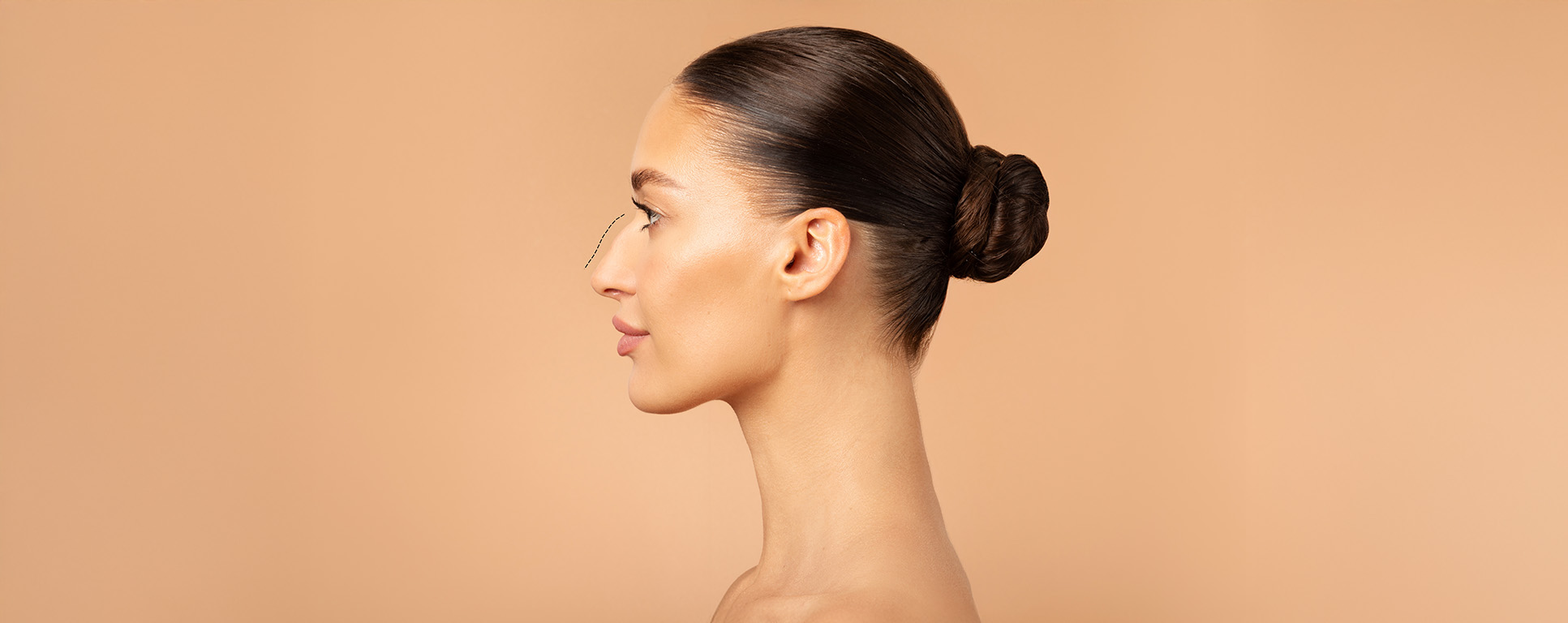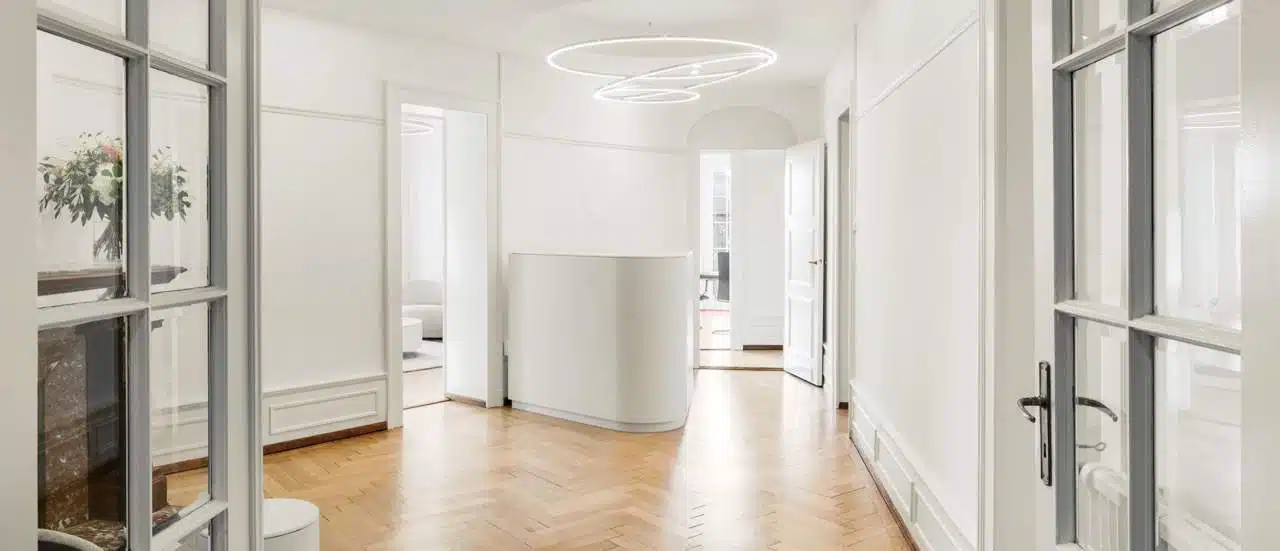General information
Surgery is not always necessary to correct the shape of the nose. The most commonly used injectable fillers are hyaluronic acid, also known as fillers. During treatment, the fillers are injected into the skin and subcutaneous tissue with a fine hypodermic needle. In some cases, the use of botulinum toxin is also required. One of the advantages of injection treatment is that the results are visible immediately after the procedure. Unlike conventional surgery, there is no bandage and the risks are also lower. But not everything can be treated with hyaluronic acid. In some cases, surgery is required to achieve the desired result.
The following nose corrections can be performed with hyaluronic acid – filler injections:
Nasal hump: The bridge of the nose can be evened out by injecting the filler, so that the nasal hump can be reduced or removed.
Flat nose: A nose that is too flat can be given volume by the filler.
Asymmetries of the nose: Slight asymmetries can be easily corrected by injections with fillers.
The following corrections can be achieved by treating the nasal muscles with botulinum toxin:
- Smoothing wrinkles
- Drooping nose tip
What is a filler (hyaluronic acid)?
Hyaluronic acid is a natural component of connective tissue. It combines with the water in the tissue. In the skin, the concentration of hyaluronic acid decreases with age. The result is a less elastic and wrinkle-prone skin.
Fillers or hyaluronic acid are substances that are injected into the tissue to compensate for a loss of substance during the aging process. They are most commonly used to “fill in” wrinkles, but can also be used for other areas such as the nose. The fillers used at Clinique Bellefontaine are based exclusively on natural hyaluronic acid and are fully absorbable.



